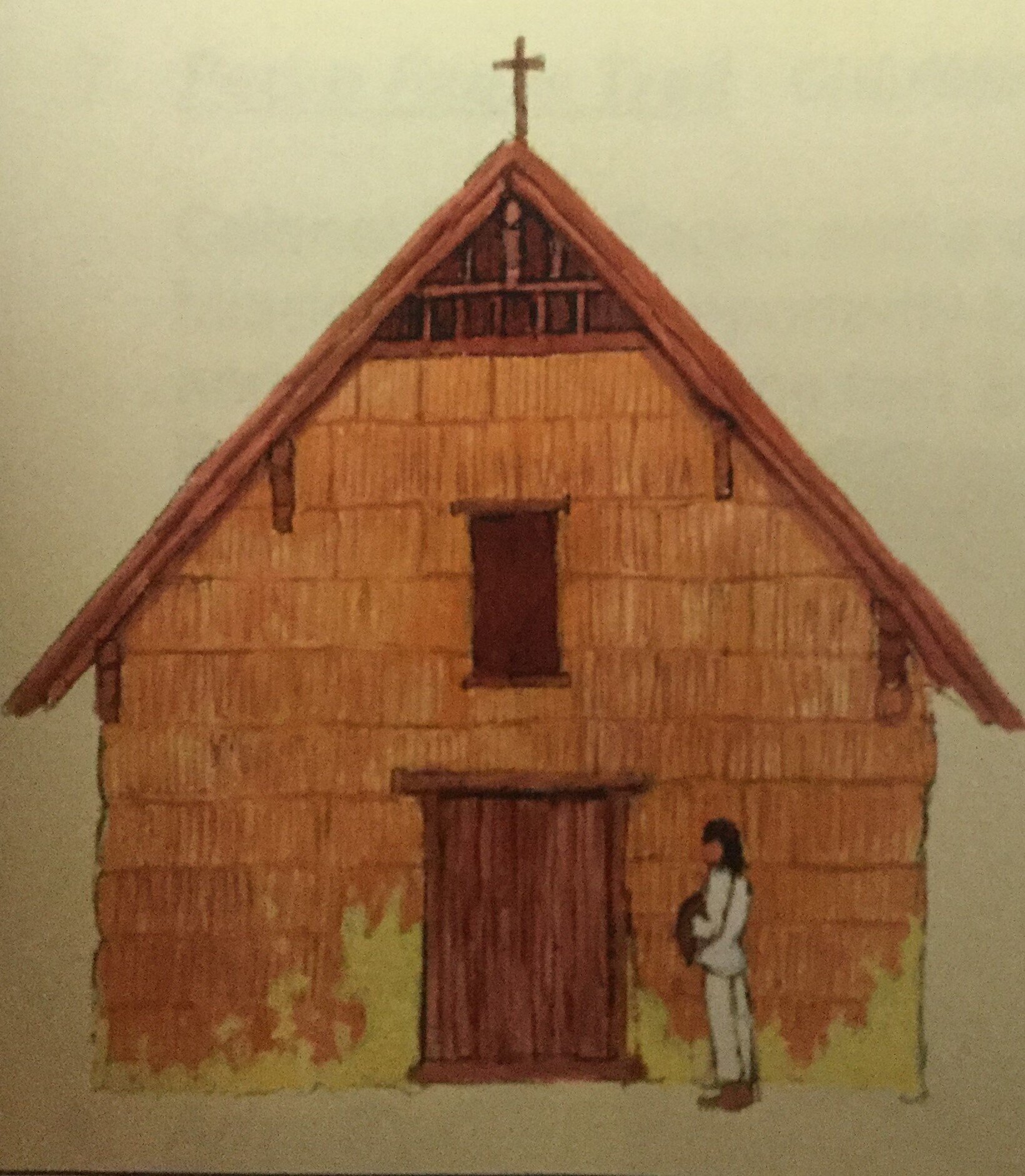
Frequently Asked Questions
When was this Mission founded?
It was founded on July 16, 1769 by Father Junipero Serra.
Was this the first mission in the chain of 21?
It was the first mission in the chain of 21 that were founded in Alta or Upper California. A mission, San Fernando de Velicata, was founded in Baja or Lower California as part of the expedition to establish the Alta California missions. It was established on May 14, 1769.
Is this the original church?
This is the fifth church on this site. The church was enlarged over the years to accommodate the growing population of neophytes (baptized American Indians). In 1812, as the fourth church was being built, a devastating earthquake damaged and destroyed several other missions and although we were spared, a decision was made to add buttress wings to secure the facade. In 1976, Mission San Diego de Alcala was named a basilica. A basilica is a church of particularly important historical significance. It is an honor bestowed upon a church by the Pope. Only five of the California missions are basilicas: Mission San Francisco de Asis (Dolores), Mission San Carlos Borromeo, Mission San Diego, Mission San Juan Capistrano and Mission San Buenaventura.
Do Franciscan priests still live here?
No. Mission San Diego is part of the Diocese of San Diego and is staffed by Diocesan priests. Three of the missions are still Franciscan: Santa Barbara, and San Luis Rey and Santa Inez which is staffed by Franciscan Capuchins. Two missions are state run museums: Purisima Conception in Lompoc and Mission San Francisco Solano in Sonoma.
Are the bells original?
One of the bells is original - it is one of the larger bells and it is distinguishable because it has a conan or crown on top of it and is dated 1802. When the King of Spain had bells forged for the missions, he required that they have a crown. The other large bell is made up of remnants from the original bells. The middle two bells are crown bells and all five bells are rung in unison only once a year and that is on the anniversary of the founding of the mission. The large bell on the bottom (non-crown) is rung twice a day (at noon and at six) for the Angelus and before every Mass on Sunday. Bells were extremely important in mission days; they were used as clocks signifying when it was time to eat, pray, work or play. Different tones and sequencing were also significant.
What is El Camino Real?
El Camino Real is the King's Highway. In Alta California, it begins in San Diego and ends 600 miles north at Mission San Francisco Solano in Sonoma. The missions were built to be approximately one day's walk apart.
What is the name of the Native Americans who lived in this area?
They are commonly referred to as Kumeyaay, although at various times they were and are called Mission Indians or Diegueno (taking the name from the mission). The Kumeyaay were hunters and gatherers, had no strong sense of ownership and were seasonally nomadic moving from mountains to coast as the seasons changed. The Kumeyaay had never seen cloth before the Spanish arrived; their garments were made from plant products.
Were the Native Americans forced to live at this mission?
Although some texts in the schools make that claim, all primary source material (documents) and archaeological findings indicate otherwise. Mission San Diego was so poor that when Father Lasuén was pastor (1777 – 1785), the number of native people who wanted to participate in mission life was more than Father Fermin could accommodate at one time, so he devised a rotating system whereby some of the Native Americans would live on the grounds, others would remain in their native villages and they would periodically rotate. This would indicate that they were able to freely go back and forth from village to mission.